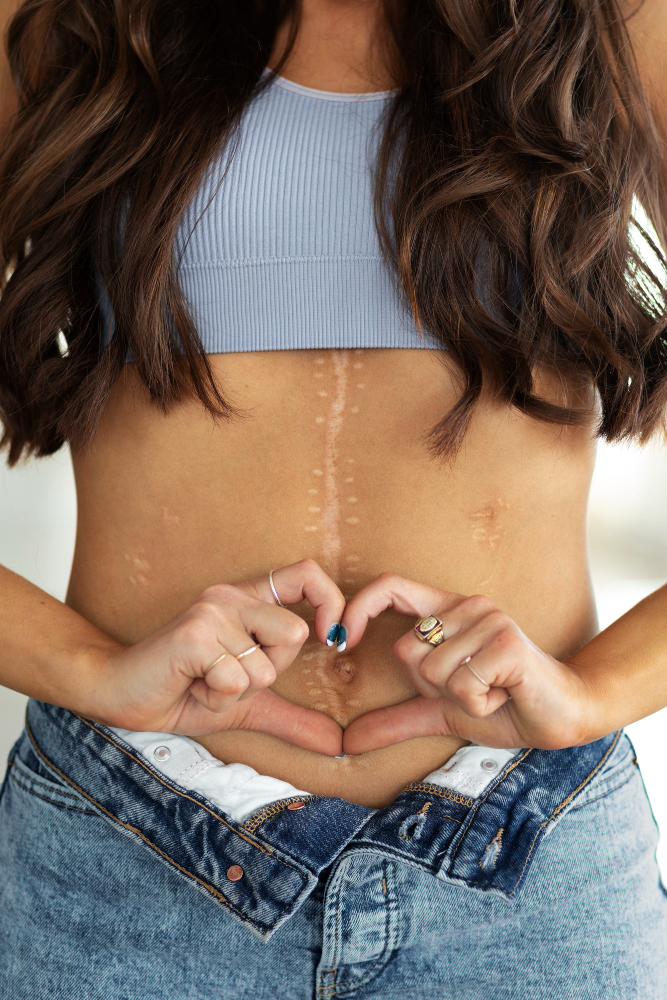
Scar improvement treatments aim to minimize the appearance of scars, improve skin texture, and enhance overall skin appearance. Here are several common approaches to scar improvement:
1. Topical Treatments:
– Silicone Gel or Sheets: Silicone-based products can help soften and flatten scars by hydrating the skin and reducing collagen production.
– Vitamin E: Applying vitamin E oil or cream to scars may help improve their appearance, although research results on its effectiveness are mixed.
– Topical Retinoids: Prescription retinoid creams such as tretinoin can promote collagen production and skin cell turnover, potentially improving the texture and appearance of scars over time.
– Onion Extract: Some over-the-counter products contain onion extract, which has been shown to improve the appearance of scars when applied topically.
2. Injectable Treatments:
– Hyaluronic Acid Fillers: Injectable fillers can temporarily plump up depressed scars, making them less noticeable. Results typically last several months to a year.
– Steroid Injections: Intralesional steroid injections may help flatten and soften raised scars such as keloids and hypertrophic scars by reducing inflammation and collagen production.
3. Minimally Invasive Procedures:
– Microneedling:This procedure involves using a device with fine needles to create tiny punctures in the skin, stimulating collagen production and promoting scar remodeling.
– Laser Therapy:Various laser treatments, such as fractional laser resurfacing and pulsed dye laser therapy, can target scar tissue and encourage new, healthy skin growth. Laser therapy can help improve the texture, color, and overall appearance of scars.
– Chemical Peels: Chemical peels use acid solutions to remove the top layers of damaged skin, revealing smoother, more even-toned skin underneath. Superficial peels can be effective for minor scarring.
4. Surgical Treatments:
– Scar Revision Surgery:For more prominent or bothersome scars, surgical techniques such as excision, dermabrasion, or skin grafting may be recommended to improve their appearance.
– Subcision: This procedure involves using a needle to break up scar tissue beneath the skin’s surface, releasing tethered scars and allowing them to rise to the surface.
5. Home Care:
– Sun Protection:Protecting scars from sun exposure with sunscreen or clothing can prevent them from becoming darker or more prominent.
– Scar Massage: Gentle massage of scars with moisturizing creams or oils may help improve circulation, soften scar tissue, and promote healing.
– Pressure Garments: Compression garments or dressings can help flatten and soften scars, particularly raised scars like keloids.
It’s essential to consult with a dermatologist or plastic surgeon to determine the most appropriate scar improvement treatments based on the type, size, location, and severity of your scars, as well as your skin type and overall health.

